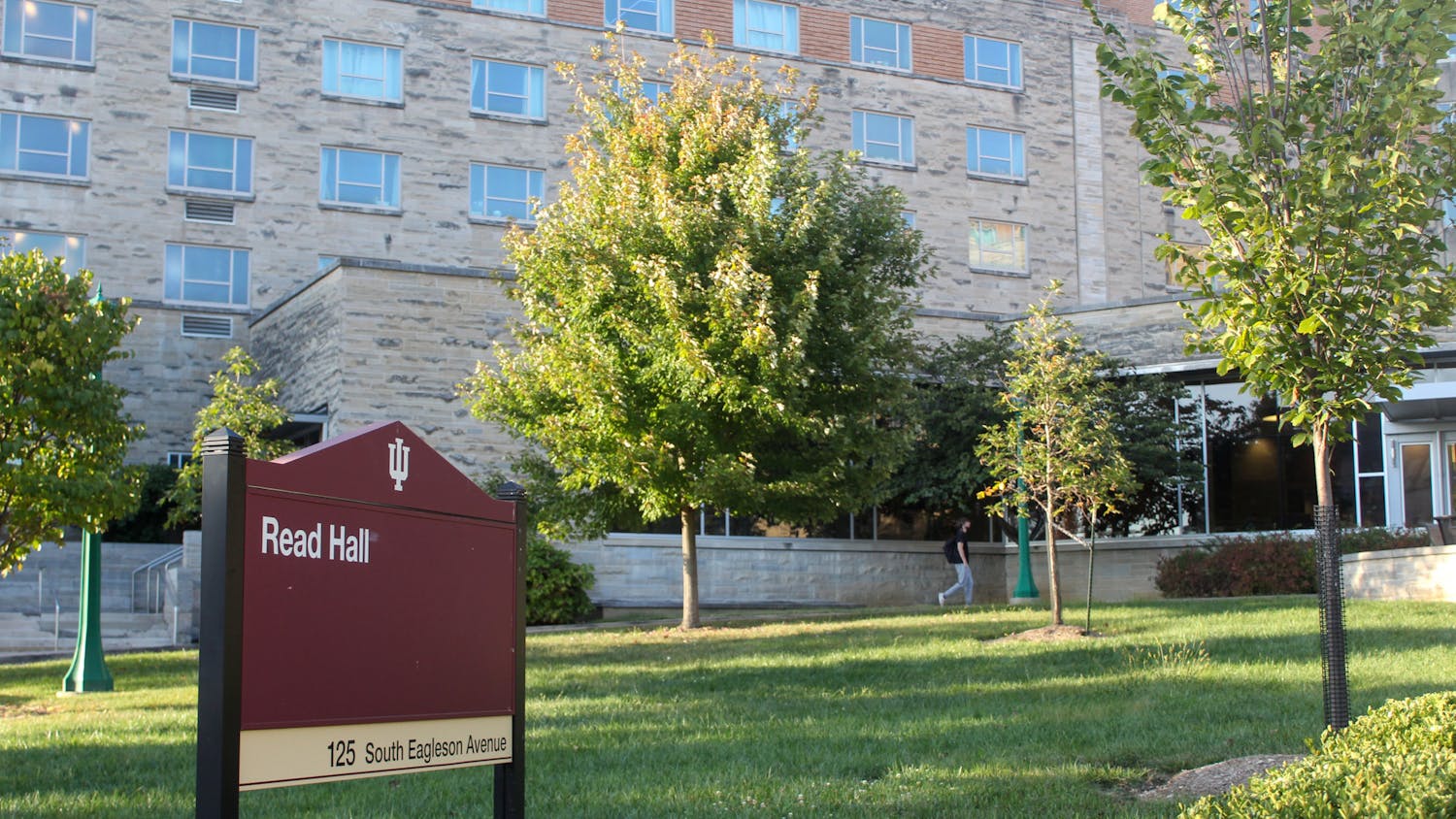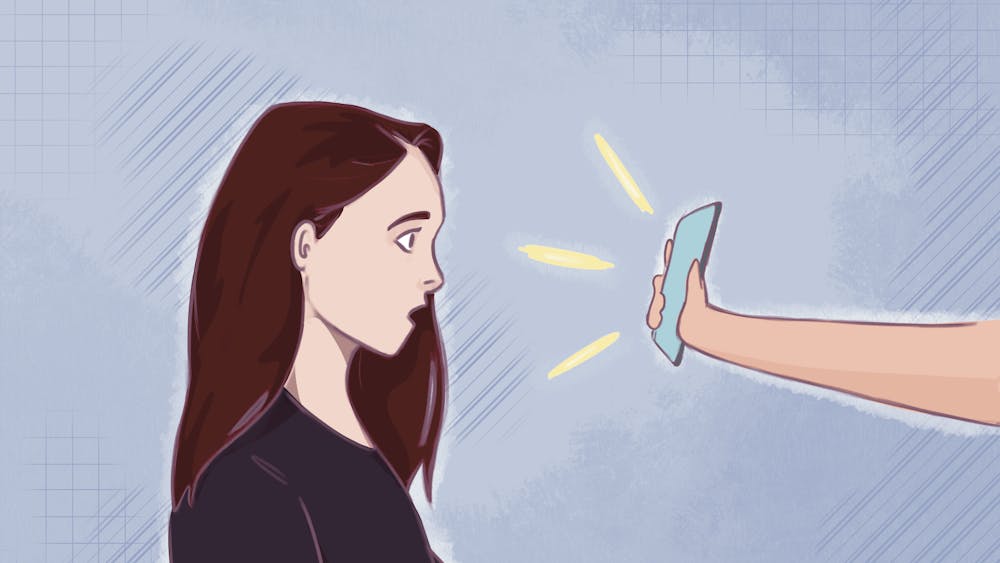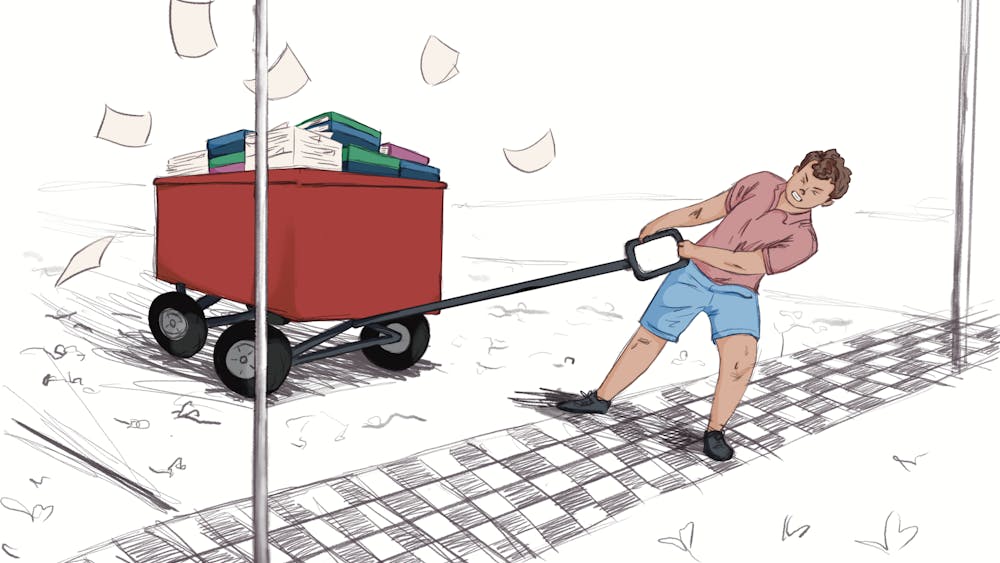The end of trading Friday marked two weeks of declines for all the major stock market indexes since closing at record highs Jan. 26. The Dow Jones Industrial Average and the S&P 500 entered correction mode late last week, falling 10 percent. This makes it one of the most volatile weeks since the recession.
Of course, establishing blame for the huge selloff has been paramount for economist analysts and politicians.
The former have pointed to rising bond yields and signals of rapidly increasing inflation, but President Donald Trump had a different opinion. On Twitter, the president wrote, “In the ‘old days,’ when good news was reported, the Stock Market would go up. Today, when good news is reported, the Stock Market goes down”.
It might initially seem odd following the Feb. 2 jobs report, which showed higher-than-expected job creation and wage growth, that the stock market would lose 10 percent of its value.
This is why the timeline is so crucial here.
The stock market had already been in decline, although much less pronounced, for the week leading up to the jobs report. Something else, like anxiety about an overheating economy (the S&P 500 posted its best month since 1997 in January, after all) or the Federal Reserve’s intention to raise interest rates faster than expected, likely put an end to the market’s rapid rise even before the release of the jobs report.
But even if that’s true, even if investors started getting the jitters, triggering a slight decline, something else entirely may be responsible for exacerbating the problem into a full-blown market correction.
The use of artificial intelligence, known as algorithmic trading and “quantitative investing,” accounts for about 60 percent of stock trades, according to Marko Kolanovic, the Global Head of Macro Quantitative and Derivatives Strategy and Senior Analyst at JP Morgan Chase & Co, Research Division.
These computers make thousands of trades per second. They execute automatic sell orders when stocks drop below a certain price and they use sophisticated algorithms to track market trends.
Due to the slowdown in the market between Jan. 29 and Feb. 2, combined with an increase in the market’s “fear gauge,” computer trading programs likely resulted in the Dow Jones' 1,000+ point loss the following Monday, launching a domino effect throughout that week and sending the markets plummeting.
Michael Yoshikama, the chief executive of Destination Wealth Management, an investment-management firm, told the Washington Post, “What [automated trading] does is it ramps up the psychology of fear and greed for investors,” This leads us to a self-fulfilling prophecy.
A.I. exacerbates the anxiety of human traders and triggers a correction. Ordinary investors, including those with a retirement account, become spooked by the correction and start selling their shares, sending the market down even more. A.I. responds to that trend, executing more sell orders, and you get the picture.
What those of us with stakes in the market should do right now is nothing. The fundamentals of our economy remain strong. Corrections occur annually and the market always bounces back.
What those of you without stake in the market should do right now is buy the dip. It’s a great opportunity to come out ahead while the rest of us work on building back our gains from the last three months.





